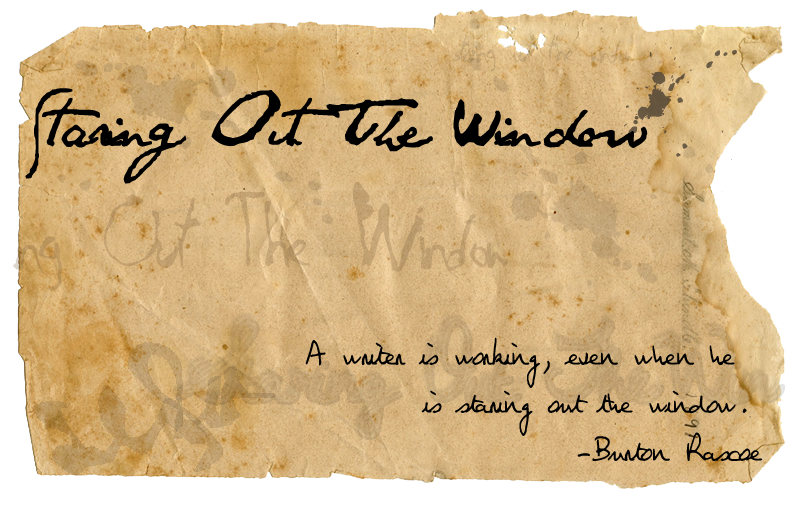What better way to close out 2011 and begin 2012 than with a replay of one of my most popular posts? Have a wonderful New Year everyone. Stay safe....
Prostitution has always gotten a bad rap and during the Great Depression it was a topic of widespread comment and concern. Many Americans believed that the economic crisis might lead to social and sexual chaos and cited the increase in prostitution as an example of this. Sadly, they failed to understand that in many cases, prostitutes were not the morally weak, selfish, power hungry femmes of early films such as Baby Face and Blonde Venus, instead they were women, single women and single mothers, who like the men of the Hoover Dam, did what they could to stay alive. The idea of the male supported family was prevalent, welfare was non-existent and women had few economic opportunities available. Ads like those below were common.
LV Evening Review Journal 6/24/31
LV Evening Review Journal 8/18/31
In 1930, Las Vegas was a railroad town with a population of just over five thousand. Due to a zoning glitch when the town was originally laid out, two areas in North Vegas, what is now the downtown area, were exempted from the laws that restricted gambling, alcohol and prostitution. One of those two areas, known as Block 16, became famous for its easy access to prostitution. The bars and casinos in this area had tiny shacks in the back where their clients could be serviced, and one establishment, the Arizona Club, built a second floor to house a bordello.
Between 1930-1931 an estimated 40,000 unemployed men arrived in Las Vegas in hopes of getting one of the 5,000 jobs that would be available at the new government works project later to be known as the Hoover Dam. The legalization of gambling in 1931 brought visitors and gamblers in record numbers, and the liberal divorce laws introduced in the same year increased the population as well. Block 16 thrived. The girls paid the city doctor $2 a week for a medical clearance, which kept them off the law’s radar. At one point, an estimated 300 women worked the area as prostitutes. Brothels and speakeasies were scattered along US 93/95 between Las Vegas and Boulder City, the government sponsored town built for the Hoover Dam workers. In 1931, the Railroad Pass casino opened just beyond the gate of the Boulder Canyon Project Federal Reservation. Behind the casino on the hillside, tents and small cribs were set up where prostitutes performed their services.
And they were very popular with the men from the dam.
Oral history records reflect that there are fond memories of the prostitutes. An entry from the diary of a Hoover Dam medic states he paid “$2 to Babe to blow it.” Quite a job, I must say, considering that men at the dam made an average of $5 a day.
In my upcoming novel, Ragtown, Mae and Sally are sisters that work the cribs behind the Railroad Pass. While their presence in the novel was originally intended to be minor, Sally and Mae took over at some point and decided they had a story of their own to tell. Two women, just trying to survive. And as Sally states, “the dam isn’t the only dangerous place to work in the desert.”



























